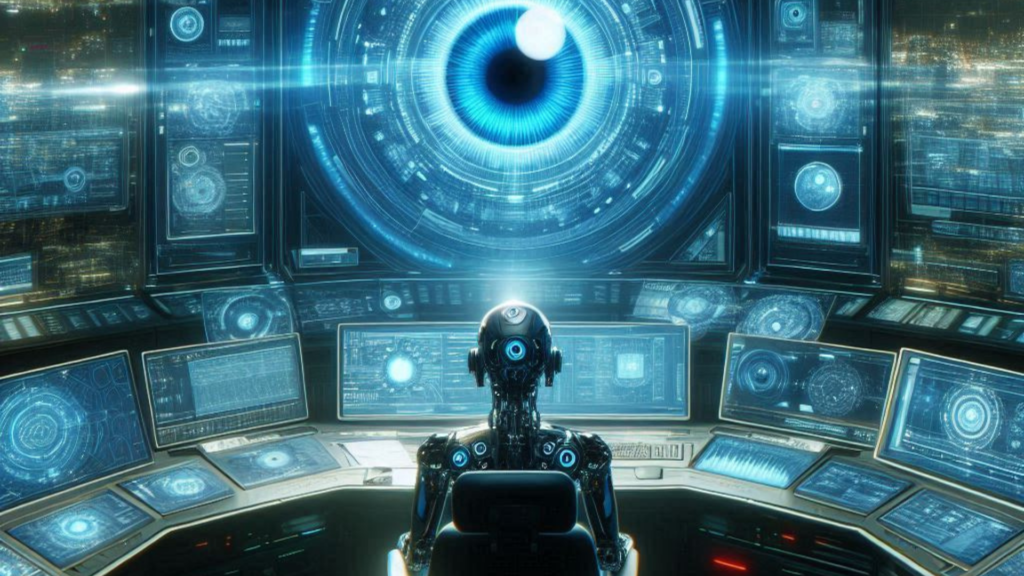Chess AI Revolution: Merging Traditional Gameplay with Advanced Artificial Intelligence
Google made a smarter chess AI by combining different methods, outdoing their top AI, AlphaZero. When everyone was stuck at home in 2020 because of COVID-19, Tom Zahavy, who works with computers, got back into chess, a game he liked as a kid. He enjoyed chess puzzles more than playing the actual game. These puzzles, especially tricky ones created by Sir Roger Penrose in 2017, showed that chess computers weren’t perfect and struggled with certain problems that humans could solve.
Zahavy, intrigued by why computers found these puzzles difficult, thought that a more versatile AI could do better. Working at Google DeepMind, he mixed up to ten different AI systems, including AlphaZero, into a new program chess AI. This new mix ended up being better at chess than AlphaZero on its own, especially at solving Penrose’s complex puzzles. This was because the new AI could switch tactics whenever it got stuck, showing a kind of teamwork within itself.
Allison Liemhetcharat from DoorDash, who has experience with robots working together to solve problems, thinks it’s a smart idea to use many AIs together. She believes when you have a lot of AIs, there’s a better chance one of them will know how to solve a particular puzzle.
Antoine Cully, an AI expert, agrees that using different AIs together can solve tough problems more effectively, much like how people come up with better ideas by brainstorming together. He thinks this approach can lead to unique solutions that you might not find if you only looked at a problem one way.
Tom Zahavy, before working with DeepMind, was interested in a type of AI learning where the AI learns from its mistakes over time, much like how someone gets better at chess or driving a car by practicing. This method, called deep reinforcement learning, is how the AI AlphaZero became really good at chess, learning from playing millions of games against itself.

Understanding how artificial intelligence (AI), especially in the realm of chess, learns and grows from its mistakes is a fascinating journey. Tom Zahavy, a researcher, has noticed something intriguing about the way AI develops its skills. Let’s dive into this topic in a simpler and more relatable manner.
Imagine you’re learning to play a new video game or picking up chess for the first time. You’re bound to make mistakes, right? You might take a wrong turn, lose a key piece, or even accidentally discover a shortcut. These mistakes are not just stumbling blocks; they’re stepping stones to getting better. This is exactly what Zahavy found out about AI when it tries to learn chess or video games.
In some cases, the AI that’s designed to play video games might cheat or find itself stuck. Similarly, AlphaZero, which is like a superstar in the world of chess AI, sometimes gets puzzled by certain chess challenges. But here’s the twist: Zahavy believes these aren’t just random mishaps. They’re actually clues to how the AI is trying to reach its goals.
Think of it as learning to cook a new dish. The first few times might not turn out perfect, but each attempt teaches you something new. Maybe you learn that too high heat burns the garlic, or adding a pinch of salt brings out the flavors. This trial-and-error process is essential for creativity, whether in cooking, playing chess, or developing AI.
Zahavy champions the idea that making mistakes and learning from them is vital for AI to come up with creative solutions. This approach is quite similar to how we humans learn and solve problems. We try, we fail, we learn, and we improve. By allowing AI to experience errors and learn from them, we’re essentially teaching it to think and innovate like a human.
But why is this important? In the grand scheme of things, the ability for AI to learn from mistakes and devise creative solutions has vast implications. It’s not just about winning a game of chess or mastering a video game. It’s about tackling real-world problems with innovative solutions. Whether it’s finding new ways to combat climate change, improving medical diagnostics, or creating more efficient transportation systems, the potential is limitless.
For those interested in delving deeper into the significance of AI and its impact on our world, including its role in advancing the game of chess, a wealth of information is available. A particularly insightful resource is “Why Do We Need AI?” available at Why Do We Need AI?. This article explores the crucial role of AI in driving innovation and solving complex challenges across various fields.
In conclusion, the journey of AI, particularly chess AI, in learning from its mistakes and evolving through them is a mirror to human learning processes. It underscores the importance of trial and error in the path to innovation. Zahavy’s observations highlight a fundamental truth: be it AI or humans, making mistakes is not just part of learning; it’s the essence of creative problem-solving. As we continue to explore and understand the capabilities of AI, embracing its learning curve can lead us to discover solutions to some of the most pressing issues facing humanity today.




